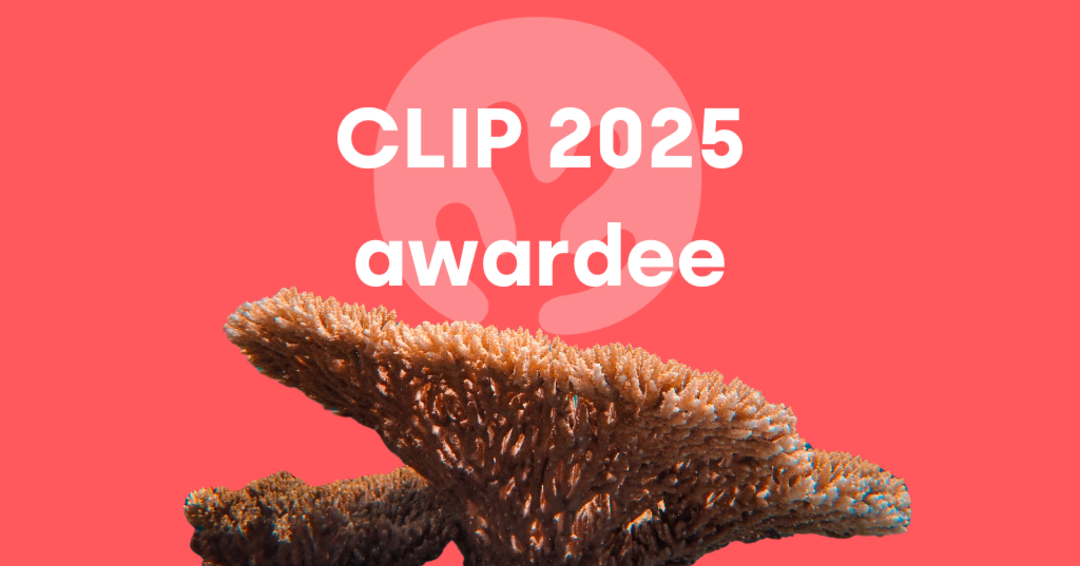Project title: Larval-Highway: A Scalable Larval Collection with Targeted Settlement System for Reef Rehabilitation
Lead applicant: Assoc. Prof. Dr. Tan Chun Hong
Co-applicants: Dr. Poh Seng Chee, Dr. Mathinee Yucharoen, Putri Asma Megat Yusop
Countries involved: Malaysia, Thailand
Takes place: Pulau Bidong and Pulau Redang (Terengganu, Malaysia)
Supporting institutions: Universiti Malaysia Terengganu, Prince of Songkla University (Thailand), Reef Check Malaysia
Total budget: USD 99,244
Duration: 24 months
Project overview
Coral reef ecosystems are increasingly threatened by climate change, pollution, and other human pressures, leading to widespread degradation and biodiversity loss. Conventional restoration methods, such as coral fragment transplantation, are slow, labour-intensive, and often dependent on costly ex situ infrastructure. They scale poorly in regions with limited resources, and in highly degraded sites natural recovery may take decades, if it occurs at all.
To accelerate progress, scientists have turned to ex situ larval propagation, using land-based systems to fertilize and rear larvae before releasing them back into the sea. While effective and a solution that promotes genetic mixing, this approach is restricted by space, logistics, and species selection. Such efforts remain confined to small-scale hatcheries or floating labs, dependent on electricity, water filtration systems, and constant technical oversight. As a result, their benefits rarely extend beyond experimental or pilot projects and are difficult to translate into large-scale, field-based restoration.
This project aims to bridge that gap with a low-cost, in situ larval restoration system deployable directly on reefs by local communities. The “Larval Highway” is a community-ready solution that eliminates the need for artificial life support systems or laboratory conditions. It enables the full cycle of larval propagation entirely in situ — from gamete capture to larval settlement — without removing coral colonies from their natural habitat. Using a passive funnel system combined with specialized substrates, the method guides competent larvae directly to restoration sites, allowing the handling of millions of larvae per spawning season with minimal infrastructure, reduced energy use, and a significantly lower carbon footprint.
Specific objectives
- Develop a low-cost, in-situ larval restoration system that can be deployed directly on the reef by local communities.
- Train the local community on the use of the larval restoration system.
How the objectives will be met
In situ larval restoration system:
- Build larval collection cages and conduct gamete collection, larval rearing, and direct seeding trials.
- Monitor coral spawning events across multiple years.
- Design, prototype, and deploy the “Larval Highway” system in situ.
- Quantify fertilization rates, larval survival, growth, and settlement success.
- Assess the economic efficiency of the system by calculating cost per square meter of reef rehabilitated.
- Monitor water quality parameters relevant to larval survival and settlement.
- Conduct larval stress-response analyses to optimize the system and evaluate environmental influences on larval success.
Community training:
- Host workshops on coral spawning awareness, larval seeding techniques, and “Larval Highway” deployment.
Impact of the project
- A low-cost, in situ larval restoration system deployable directly on reefs by local communities.
- Comprehensive guidelines to support future implementation and scaling of the method.
- Empowered local communities with increased capacity to lead reef restoration.
Major highlights
- Shifts restoration from an institution-driven effort to one that is locally led, rapidly deployable, and aligned with climate adaptation strategies.
- Ensures inclusive participation of local communities in reef recovery.

